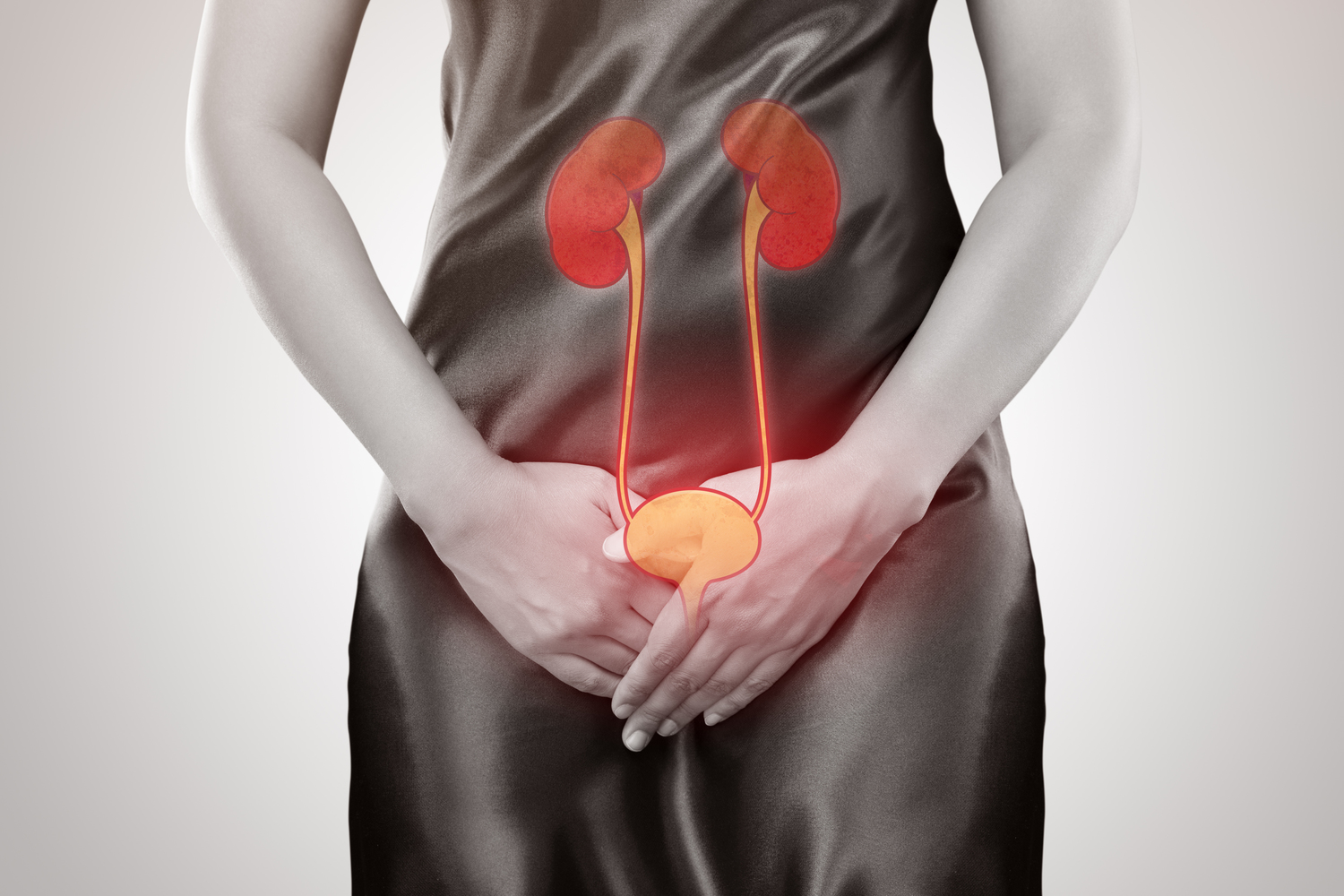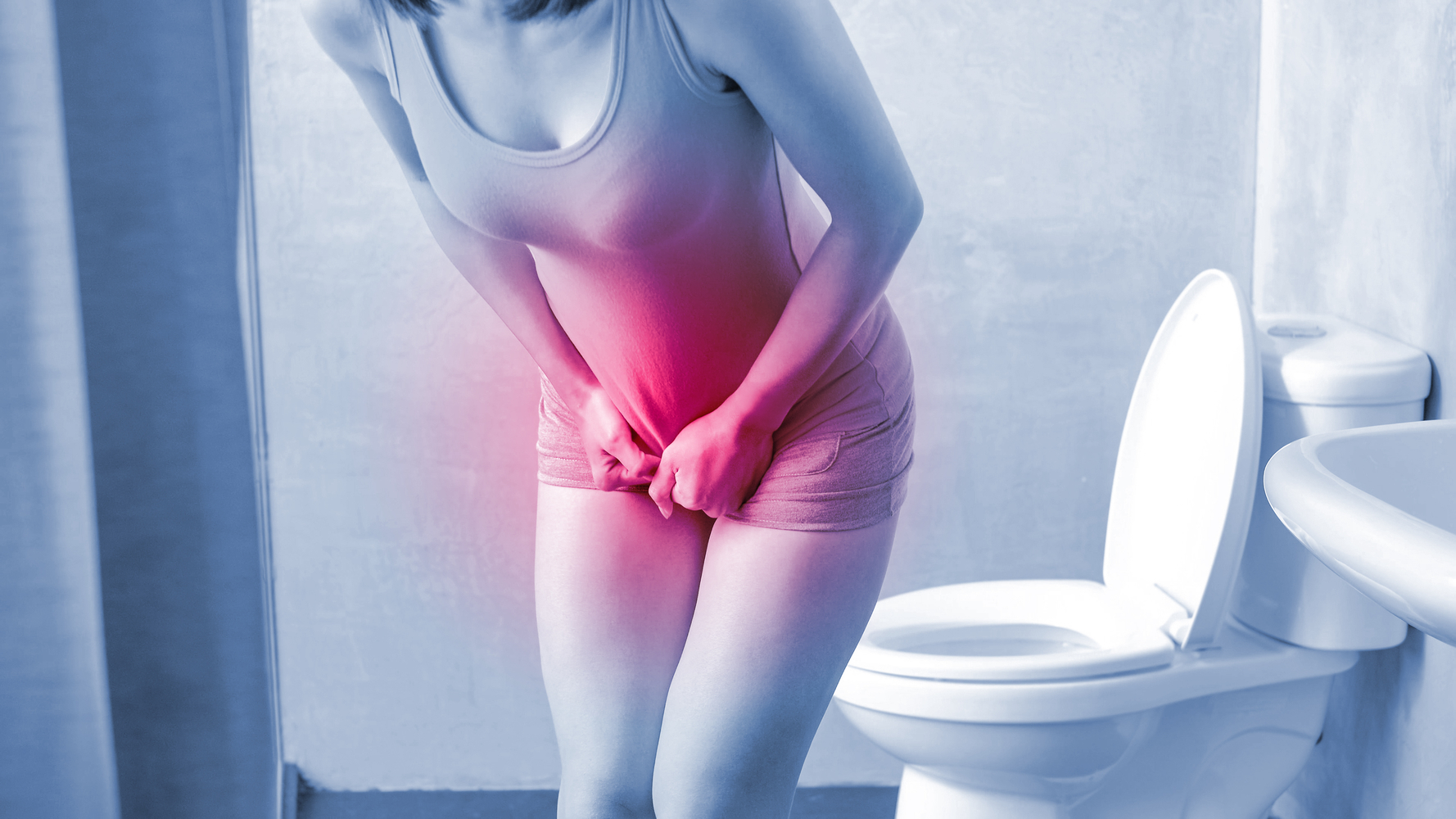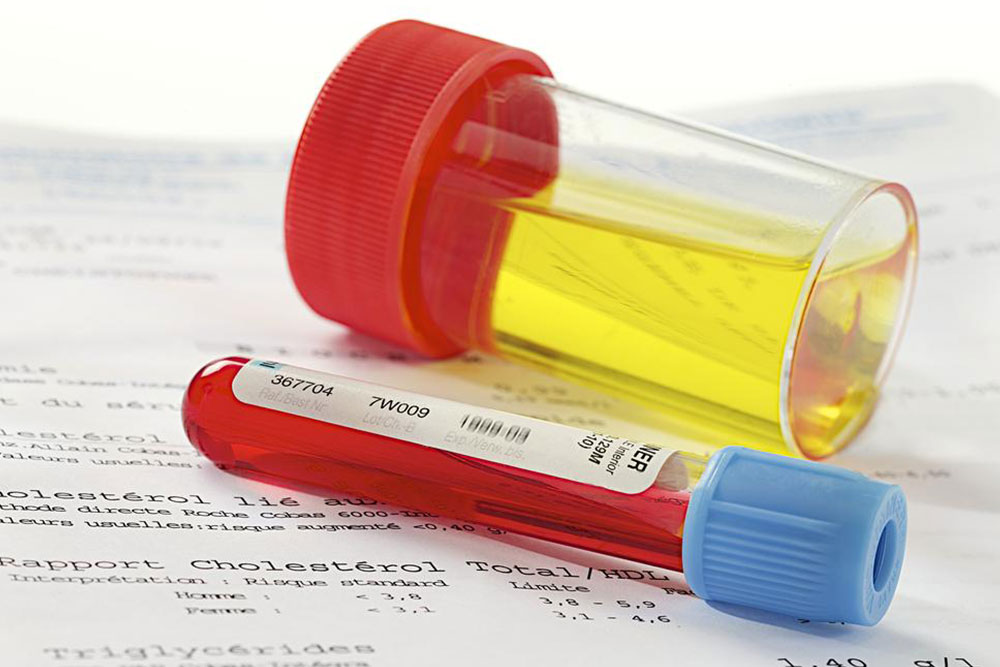Understanding Bladder Infections: Causes, Symptoms, and Treatment Strategies
This article explores the causes, symptoms, and treatments for bladder infections, emphasizing the importance of proper diagnosis and completing prescribed antibiotic courses. It offers practical advice on prevention and highlights when to seek medical help for severe or recurring infections.

Understanding Bladder Infections: Causes, Symptoms, and Treatment Strategies
Bladder infections, also known as cystitis, affect nearly half of all individuals at some point in their lives. These infections occur when bacteria like Escherichia coli invade the urinary system, leading to inflammation of the bladder lining. Women are more prone to these infections than men. Fortunately, various effective treatments are available. This article provides an overview of common causes, symptoms, and proven treatment options for bladder infections.
Primary Causes of Bladder Infections
The main cause is bacterial entry through the urethra into the bladder. E. coli bacteria typically cause these infections by attaching to the bladder lining. Factors such as frequent sexual activity, particularly with new partners, delaying urination after sex, diabetes, and changes in urinary tract health increase the risk of infection.
Recognizing Symptoms of a Bladder Infection
Symptoms often include cloudy or foul-smelling urine, lower abdominal discomfort, a burning sensation during urination, increased frequency of urination, urine passing in small amounts, and blood in the urine. If the infection advances to the kidneys, symptoms may include back or groin pain, fever, and nausea. Diagnosis typically involves urine tests to detect white blood cells or bacteria through urinalysis and urine cultures.
Effective Treatment Options
Most bladder infections are treated with antibiotics. Common prescriptions include fosfomycin trometamol, nitrofurantoin, and trimethoprim-sulfamethoxazole. Treatment durations generally span three to seven days. Side effects may involve yeast overgrowth or allergic reactions. Completing the entire prescribed course is crucial to prevent recurrence. Symptom relief often occurs within 24 hours, but if symptoms persist beyond three days, medical advice should be sought.
For complicated infections or cases involving the kidneys, longer antibiotic courses of 7 to 14 days are recommended, often involving medications like beta-lactams or fluoroquinolones. Preventive measures include staying well-hydrated, urinating after intercourse, and considering changes in birth control methods. Applying estrogen cream post-menopause or taking preventive antibiotics can also reduce recurrence risk in persistent cases.
Important Reminder
While educational content provides helpful insights, it should not replace professional medical advice. Always consult a healthcare provider for diagnosis and tailored treatment plans. Accurate diagnosis and completing prescribed treatments are key to effectively managing bladder infections.










